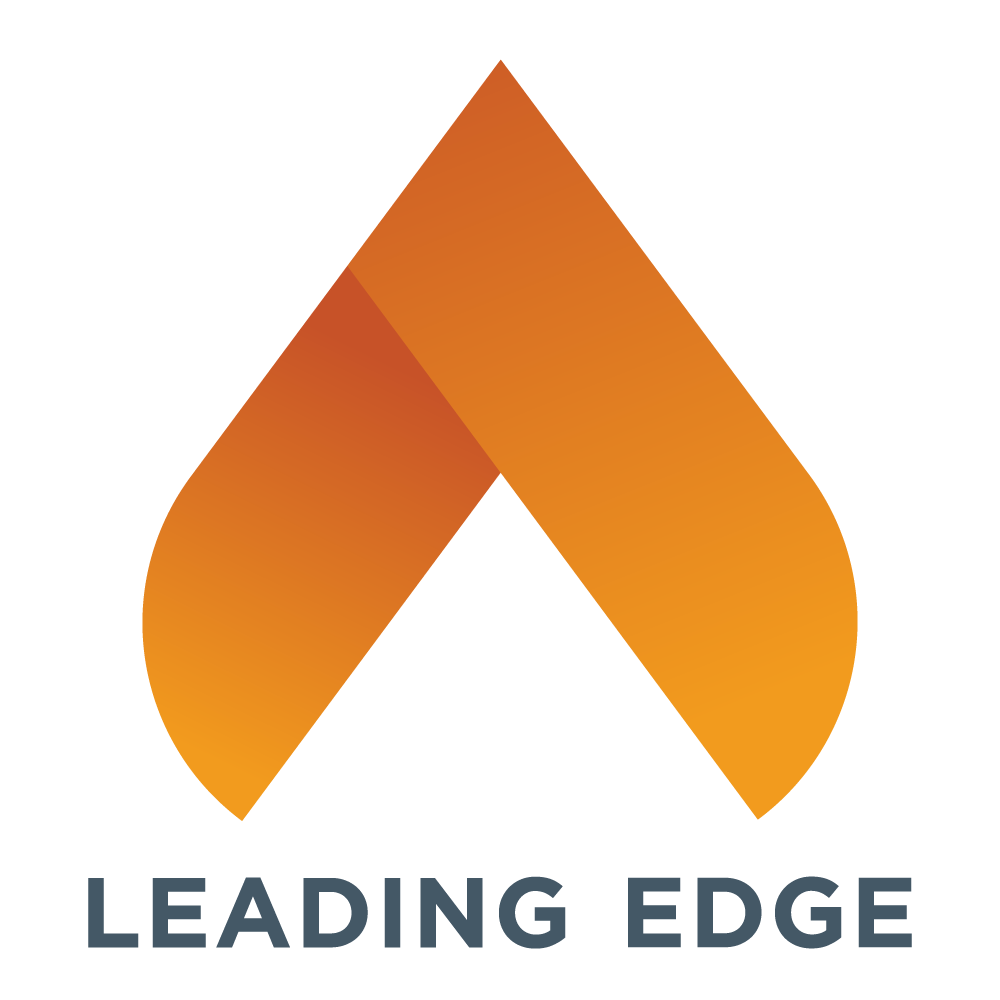
What We're Learning | February 2024
Here's what the Leading Edge team is learning about culture, executives, and boards this month.

Podcast: The Hybrid Worker Malaise
The era of hybrid work has spawned a new kind of office culture — one that has left many workers less connected and less happy than they have ever been. Emma Goldberg, a business reporter covering workplace culture for The Times, explains how mixing remote and office work has created a malaise, as workers confront new challenges and navigate uncertainty, and employers engage in a wave of experiments.
LISTEN NOW
CULTURE

Resource: You and Artificial Intelligence (AI): A Nonprofit’s Guide to Understanding and Getting Started with AI
This guide delves into the evolution and history of artificial intelligence (AI), and provides an in-depth exploration of the four essential aspects of AI applications tailored specifically for nonprofits. Find out how nonprofits are incorporating AI to enhance efficiency, effectiveness, and impact, discover strategies to responsibly integrate AI into your operations, and learn how AI can offer data-driven strategies and personalized engagement to boost donor retention.
READ MORE

Stop serving the compliment sandwich
The compliment sandwich is a technique for giving feedback that’s popular among leaders, coaches, parents, and teachers — the data, however, shows that the compliment sandwich doesn’t taste as good as it looks. Instead, author Adam Grant suggests explaining why you’re giving the feedback, leveling the playing field, asking if the person wants feedback, and having a transparent dialogue.
READ MORE
EXECUTIVES

How to Keep Employees Productive: Support Caregivers
Three-quarters of US employees are balancing caregiving with their careers. If companies could prevent five of them from quitting, they could save $200,000. Here are seven tips for companies looking to support caregivers, including calculating the economic impact of offering caregiving benefits and tailoring benefits to workers’ roles and demographics, which can help companies attract and retain talent.
READ MORE

What We’re Still Getting Wrong About Performance Management
Performance management needs to be completely rebuilt with two distinct processes to measure and accelerate employee performance: separate processes with separate outcomes. Employees win by getting more attention from their managers; managers win by removing the time-consuming, emotionally burdensome traditional appraisal process; and the organization wins by getting more real-time access to performance data and improved employee performance.
READ MORE
MORE
- eJP: Supporting managers when they need it most
- Fast Company: The ultimate guide to what middle managers need in order to excel
- McKinsey & Company: How to identify employee disengagement
BOARDS

6 Ways to Avoid the Bad Board Syndrome
Many organizations struggle with dysfunctional boards, resulting in poor decision-making and a lack of focus. Sometimes, leadership resorts to a toxic strategy, minimizing the influence of the board and making decisions independent of it. Here are six specific examples of how leadership can avoid having a bad board and maximize chances for success.
READ MORE

Strategies for Moving a Board Beyond Operational Thinking
Nonprofit leaders should properly attribute their time between the areas where a board member's expertise is most needed: Oversight, insight, and foresight. There are a few universal practices that allow boards to make the most of their time and effectively advance the organization’s mission, such as developing the board-CEO relationship, looking beyond operational tasks, recruiting the right people, providing education, and bringing in a non-biased consultant.
READ MORE
MORE:
About the Author

Leading Edge mobilizes Jewish organizations to become places where great people deliver great impact.
Loading footer...

